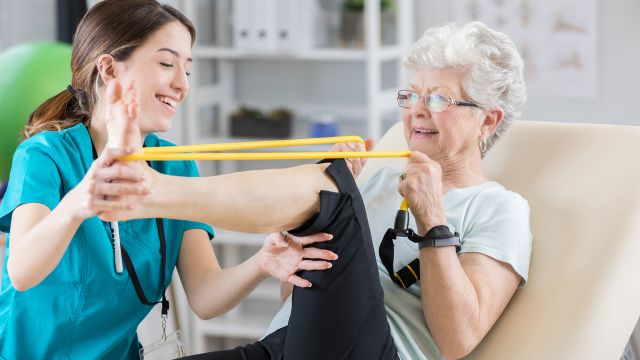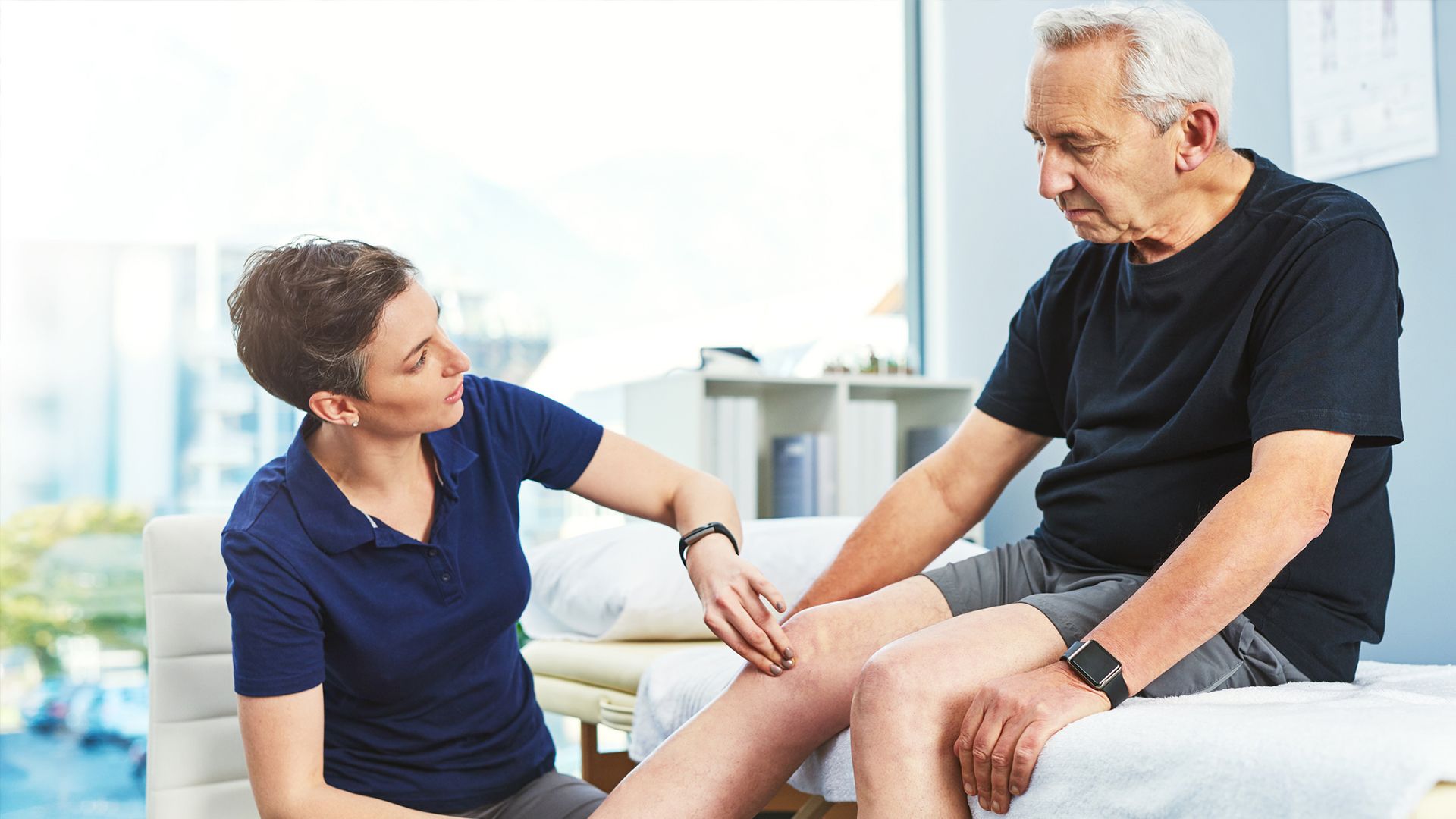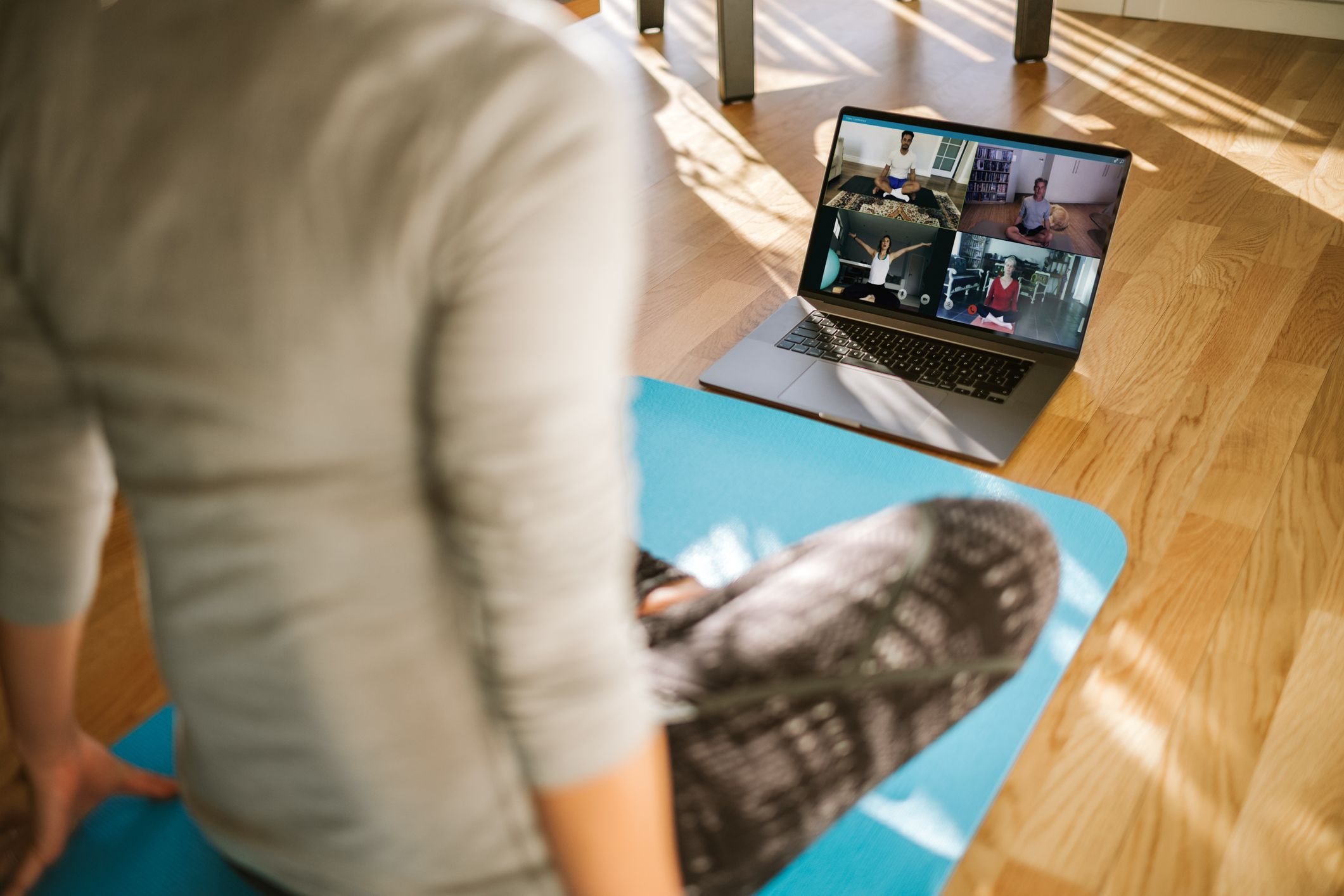Two of the most common symptoms of rheumatoid arthritis (RA) are stiffness and swelling in the joints. If you have RA, these symptoms may be worse at certain times of the day and after certain activities. If left untreated, you may experience more severe symptoms and less joint function. Below are a few tips to help you cope.
Protect your joints
Weak and unstable joints, and weak muscles around the joints, can make swelling, stiffness and pain worse. Utilizing splints and/or braces can support the joint, which may help the joint move and function better. Devices and modifications to the home—such as easy-grip utensils, reachers, and handrails in the tub or shower—can allow you to do everyday things with less stress on the joints. Speak to your healthcare provider (HCP) or occupational therapist about the best types of support and everyday modifications for your symptoms. Remember that the best way to protect your joints is to take your medications as prescribed.
Apply heat or cold
The application of heat and cold may help ease RA symptoms like pain, stiffness and swelling. Heat can be applied through bathing in warm water or by applying a heating pad to relieve rheumatoid arthritis symptoms. Cold therapy can be applied with ice or cold packs, and may help reduce rheumatoid arthritis swelling. Be warned that cold therapy is not recommended for people with circulatory problems. Speak to your HCP about which treatment is appropriate for your symptoms to get the best relief.
Get moving
Physical activity can help improve muscle strength, flexibility and bone density, and can lower a person’s risk for other diseases, such as cardiovascular disease and diabetes. Physical activity means both fitness exercises, as well as everyday activities like household chores. The Centers for Disease Control and Prevention (CDC) recommends low-impact exercise like cycling, walking and swimming for people with RA. Talk with your HCP about what types of exercise are safe.
Maintain a healthy weight
Staying within a healthy weight range is important to managing RA and overall health. For some, this may mean losing weight, which will reduce the amount of stress on the joints and may also reduce inflammation, as obesity is associated with the release of inflammatory proteins in the body. However, other patients may struggle to keep weight on—RA may cause a lack of appetite in some people, and they could become underweight. In either case, working with an HCP to come up with a plan for eating and nutrition can help you achieve a healthy weight.
See your healthcare provider
Anytime your symptoms are getting worse or are not being controlled, you should make an appointment with your HCP to discuss what else you can be doing to get relief from rheumatoid arthritis swelling and pain. It is important to know that there are numerous approaches to managing RA, and if one treatment plan is not working to control your symptoms, you have other options.





